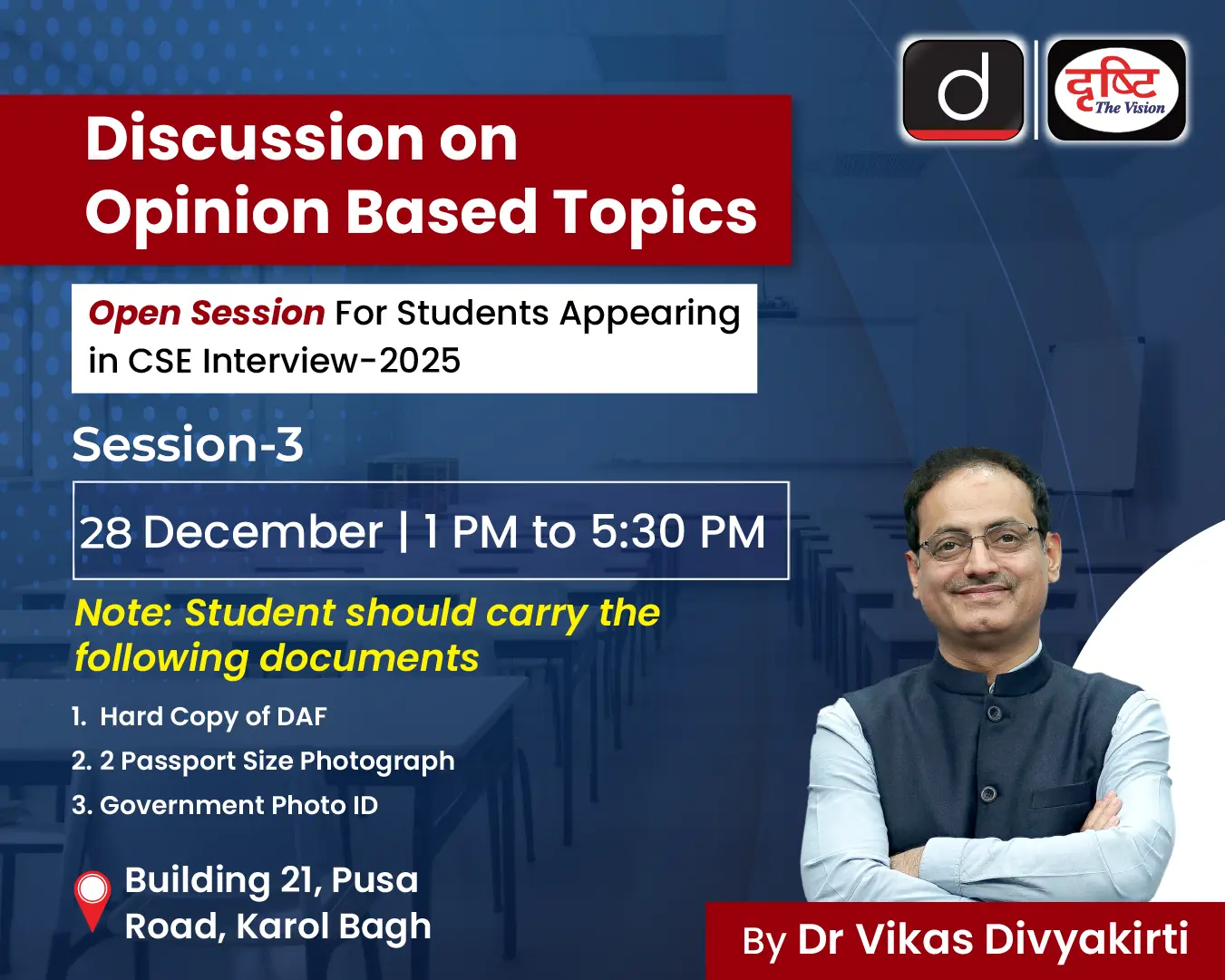-
Q. India being a responsible regional power, should invest in regional frameworks for disaster management. Discuss the statement in light of the increasing vulnerability of the South Asia region. (250 words)
30 Sep, 2020 GS Paper 3 Disaster ManagementApproach
- Introduce by briefly writing India’s interest in creating a regional framework for disaster management in the region.
- Discuss the vulnerability of the South Asia region to various disasters.
- Suggest some solution as a way forward.
- Conclude suitably on a positive note.
Introduction
- South Asia is exposed to a variety of hazards due to the geo-climatic characteristics of the region.
- From a development perspective disaster management is vital for building a more equitable and sustainable future. Making investments in prevention and preparedness is a necessary part of systematic efforts to increase resilience to disaster.
- A regional framework can help India and other regional countries to lift the social-economic conditions of their people. It can also help India build good relations with its neighbours.
Body
Vulnerability of the South Asia region to various disasters
- South Asia’s geo-climatic conditions as well as its high degree of socio-economic vulnerability, makes it one of the most disaster prone regions in the world.
- South Asian countries are typically marked by large populations, high poverty, low literacy and poor indicators of human development.
- Poverty is widespread especially in the rural areas of Indian sub-continent.
- Climate Change: The monsoon carries more than 70% of South Asia’s annual precipitation in a brief four-month period.
- A poorly timed monsoon, can result in human suffering and economic loss due to either flooding or drought.
- Cyclones are the second most commonly occurring hazard in the region.
- Climate change has a direct effect on the monsoon pattern and cyclones occurrences in the region.
- Active Seismic Zones: The world‘s youngest mountain belt, the Himalaya and Hindu Kush, envelopes South Asia all along its northern fringe, from Afghanistan in the west to Bangladesh in the east.
- With over 600 million people living along the fault line across the Himalayan belt, where the earthquake exposure is very high.
- Tsunami Challenge: In the South Asia Seas region, major population centers live on key fault lines and in coastal areas that are exposed to hazards like Tsunami in 2004.
- Lack of Coordination: Ineffective regional disaster relief mechanisms result in an uncoordinated relief effort which hampers disaster recovery process.
Way Forward
- Utilising existing Regional Disaster Relief Mechanisms in the South Asia region.
- Institutions such as SAARC institutions (SAARC Disaster Management Centre, South Asia Rapid Response to Natural Disasters), Bimstec Centre for Weather and Climate can be utilised effectively.
- Risk Identification: Any effective strategy to manage disaster risk must begin with an identification of the factors that cause disasters.
- Hazard mapping of the region will serve as the base layer of information and provides data on the probability of occurrence and intensity of a hazard event.
- Risk Mitigation: Reducing disaster risk calls for all stakeholders to alter their perceptions and prioritize resilience in a country’s planning and development efforts.
- In this context, SAR should devise and implement a regional disaster risk reduction mechanism based on Sendai Framework.
Conclusion
- With climate uncertainty, humanitarian emergencies in the South Asia region are poised to grow. India must invest in regional frameworks for disaster management and take the lead in setting up a road map for greater cooperation.
- Building capacities through training and joint exercises and coordinating comparative advantages for collective action will help India leverage goodwill among its neighbours through its disaster relief programmes.
To get PDF version, Please click on "Print PDF" button.
Print PDF





